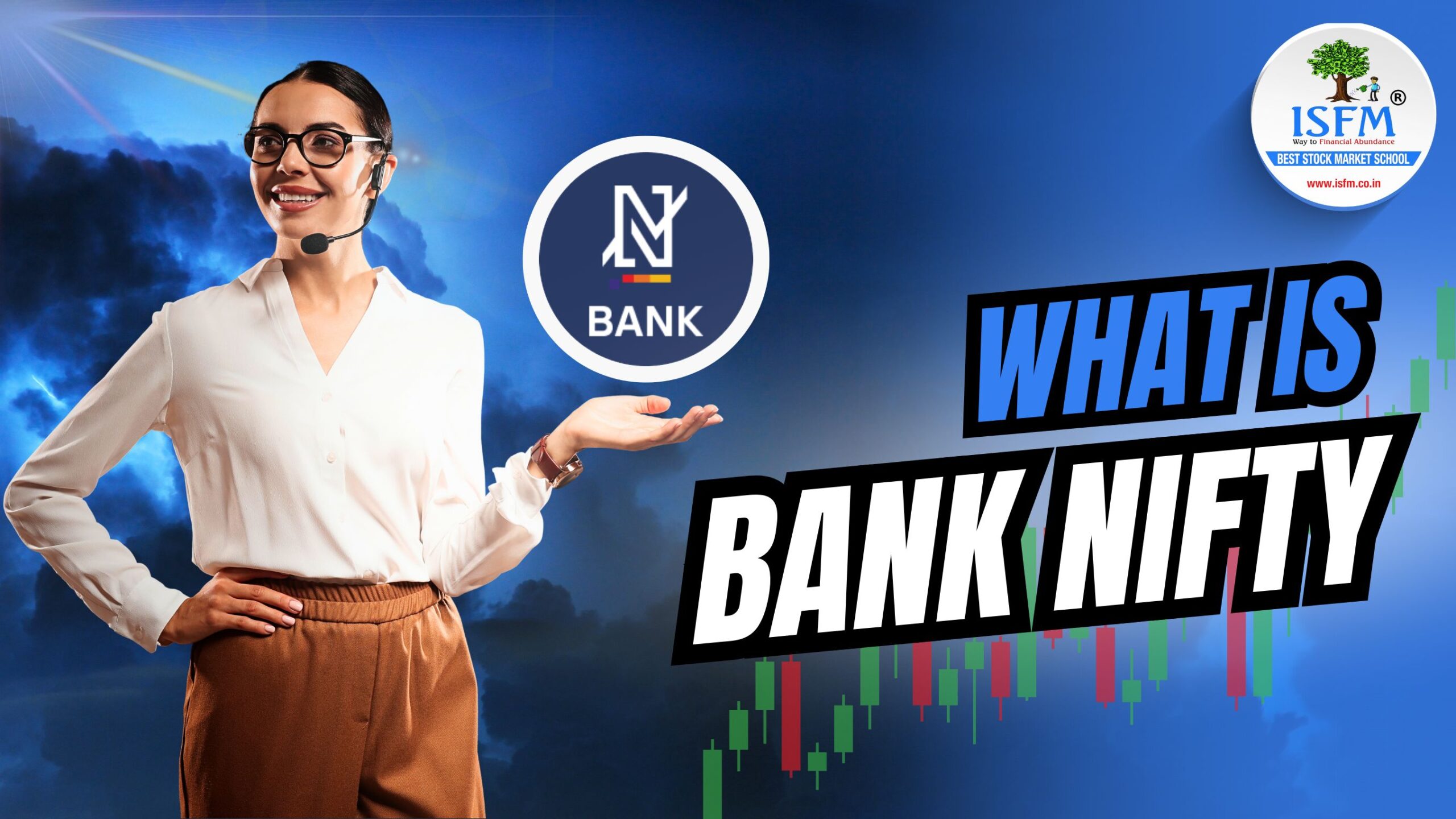What is Bank Nifty? Importance, Key Features, Trader Popularity & Pros & Cons

In the dynamic world of Indian stock markets, Bank Nifty has emerged as one of the most actively traded indices. Officially known as the Nifty Bank Index, it reflects the performance of the banking sector—one of the most critical sectors driving the Indian economy. Whether you’re a beginner in trading or an experienced market participant, understanding Bank Nifty is essential for developing sharp intraday and positional trading strategies.
What is Bank Nifty?
Bank Nifty, or Nifty Bank, is a stock market index that represents the 12 most liquid and large-cap banking stocks listed on the National Stock Exchange (NSE). It includes both public sector and private sector banks, making it a comprehensive barometer of the banking sector’s performance. Launched by the NSE in 2003, Bank Nifty is widely used by traders and investors to track the banking sector, hedge positions, and execute options and futures strategies.
Importance of Bank Nifty in Indian Stock Markets
- Reflects Banking Sector Health:
Bank Nifty acts as a mirror to the overall performance of the Indian banking industry. Since banks play a vital role in liquidity, credit, and economic activity, their performance directly affects market sentiments. - Economic Indicator:
Movement in Bank Nifty often signals economic trends. For instance, a rally in Bank Nifty may indicate improving credit growth and economic optimism. - Supports Risk Management:
Traders and institutions use Bank Nifty derivatives for hedging purposes to manage portfolio risks effectively. - High Volatility & Liquidity:
The index is known for its fast price movements, which attract short-term traders looking for quick profits.
Key Features of Bank Nifty
- Consists of 12 Prominent Banks:
Includes leading names like HDFC Bank, ICICI Bank, Axis Bank, SBI, Kotak Mahindra Bank, etc. - Traded in Futures and Options (F&O):
Bank Nifty is available for derivative trading, making it ideal for hedging and speculative strategies. - High Intraday Movement:
On average, Bank Nifty displays significant volatility, ideal for scalping and intraday trades. - Weekly and Monthly Expiry:
Bank Nifty options have both weekly and monthly expiry cycles, giving traders multiple opportunities. - Correlation with Nifty 50:
Being a sectoral index under Nifty 50, Bank Nifty’s movement often influences the broader market.
How Bank Nifty Became Traders’ Favorite
- Volatility Equals Opportunity: With wide price swings, Bank Nifty offers multiple intraday opportunities for traders to book profits.
- Tight Bid-Ask Spreads: Due to high participation, the index sees tight spreads, ensuring better entry and exit prices.
- Abundance of Strategies: From straddle, strangle, butterfly, to iron condors—Bank Nifty F&O supports a range of trading strategies.
- Frequent News-Based Moves: RBI policies, bank earnings, or macroeconomic news can significantly impact Bank Nifty, adding to its trading allure.
- Strong Technical Levels: Bank Nifty often respects technical indicators, trend lines, and support/resistance zones—attracting technical traders.
Pros of Trading in Bank Nifty
- High Liquidity: Smooth order execution with minimal slippage.
- Quick Profits: Intraday volatility can generate fast returns.
- Leverage through Derivatives: Allows bigger positions with smaller capital.
- Variety of Strategies: Wide F&O options for hedging or speculation.
- Access to Market Sentiment: Acts as a lead indicator for overall market behavior.
Cons of Trading in Bank Nifty
- High Risk Due to Volatility: Sudden swings can lead to quick losses.
- Requires Quick Decision Making: Delay in execution may lead to missed opportunities.
- Overtrading Temptation: Continuous price action can lure traders into impulsive trades.
- Complex for Beginners: Without proper strategy or discipline, traders may incur consistent losses.
- High Margin Requirement for F&O: Although leverage is an advantage, it also increases exposure and risk.
Final Thoughts
Bank Nifty isn’t just another index—it’s the pulse of India’s banking sector. Its volatility, liquidity, and strategic depth make it a go-to product for traders. However, with great potential comes great responsibility. Traders must combine technical analysis, news flow, and sound risk management before venturing into Bank Nifty trading.
Whether you’re an intraday trader or a swing trader, mastering Bank Nifty can significantly elevate your trading journey. But always remember—discipline, research, and capital protection are key to long-term success.


